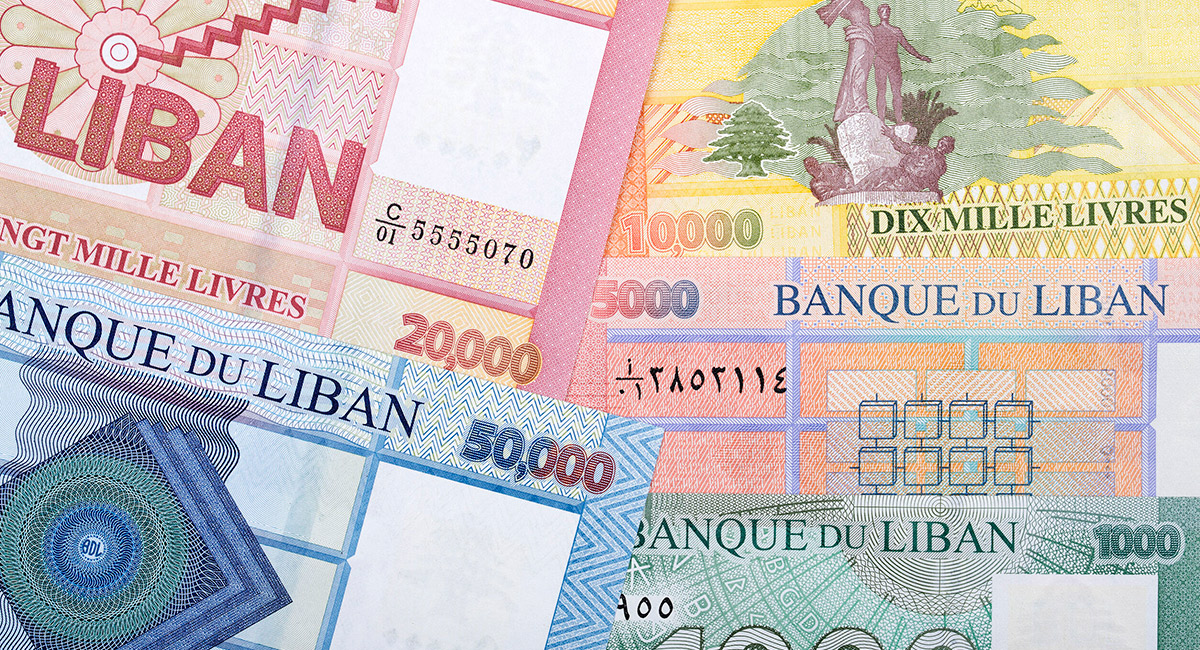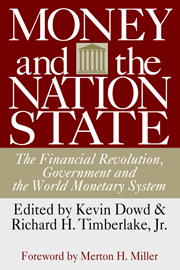Lebanon is entangled in a web of economic and political crises. At its center is a currency crisis. It erupted in October 2019, when the “financial engineering” scheme employed by the Banque du Liban, the Lebanese central bank, finally collapsed. The Lebanese pound’s 22-year link of 1,507.5 to the U.S. dollar was broken at that time. Banking and political crises immediately ensued. By July 2020, Lebanon had defaulted on its sovereign debt and was engulfed in hyperinflation.
Today, Lebanon remains in a paralytic political standoff. The Lebanese pound has shed 86% of its value against the greenback since the crisis began. Inflation rages at an annual rate of 295%. The banking crisis deepens, with tight restrictions on depositor withdrawals. As a result, the economy collapses and poverty soars.
The Banque du Liban is at the center of the storm. It administers a bizarre concoction of multiple exchange rates and fuels a massive subsidy program. A year’s worth of these subsidies are four times as large as Lebanon’s entire 2021 budget. For most of the subsidized items—like fuel, medical supplies and wheat—importers who qualify are allowed to purchase dollars from the Banque du Liban at an 88% discount to the black-market rate. This allows the participants to sell those imports at roughly eight times what they had to pay for them.
Many subsidized products never find their way into Lebanese markets. They are often re-exported or smuggled into neighboring countries and sold for dollars. Others are warehoused in Lebanon, waiting for higher prices. Consequently, shortages of subsidized goods abound, select importers make a killing, and the Banque du Liban’s foreign reserves are drained and transferred to a privileged few.
If nothing changes, this doomsday machine will devour the country’s foreign exchange. Lebanon will become a bankrupt failed state—something like Venezuela.
To avoid such a fate, Lebanon could dust off the government’s April 2020 recovery plan. Its centerpiece was a more flexible exchange-rate regime coupled with capital controls and foreign loans accompanied by conditionality. But when introduced in the midst of currency crises and in countries that suffer from weak institutions and endemic anomie, such systems have a poor record. In Lebanon, failure would be guaranteed, mirroring Argentina’s recent experiences.
The only option that would bring Lebanon’s currency crisis to an abrupt halt is a currency board. A currency board issues notes and coins convertible on demand into a foreign anchor currency at a fixed rate of exchange. It is required to hold anchor-currency reserves equal to 100% of its monetary liabilities.
A currency board has no discretionary monetary powers and cannot issue credit. It has an exchange-rate policy but no monetary policy. Its sole function is to exchange the domestic currency it issues for an anchor currency at a fixed rate. A currency board’s currency is a clone of its anchor currency.
A currency board requires no preconditions and can be installed rapidly. Government finances, state-owned enterprises and trade need not be reformed before a currency board can issue money. Currency boards have existed in some 70 countries. None have failed.
The most notable modern currency board is Hong Kong’s, installed in 1983 to combat exchange-rate instability. After the fourth round of Sino-British talks on Hong Kong’s future, market volatility reached epic proportions. Between July and Sept. 24, known as Black Saturday, the Hong Kong dollar shed 24% of its value against the greenback. Hong Kong’s economy was in a state of panic. The chaos ended abruptly on Oct. 15 with the establishment of the currency board. The board hasn’t missed a beat since, weathering a myriad of crises—even during Hong Kong’s recent political protests.
Estonia took less than a month to establish its currency board in June 1992. At that time, Estonia’s currency was the hyperinflating Russian ruble and the newly independent Baltic state hadn’t yet approved a post-Soviet constitution. The currency board was installed, and the Estonian kroon was issued. Instant stability was established. After expressing initial skepticism, the International Monetary Fund heaped praise on Estonia’s currency board.
In 1994, neighboring Lithuania adopted a currency board to cut off the central bank’s funding of government expenditures. The currency board did in fact impose fiscal discipline. Subsequently, the IMF praised Lithuania’s turnaround and economic performance as one of the best in the European Union, which it joined in 2004.
In 1997, Bulgaria faced raging hyperinflation and a banking crisis. With the currency board installed in July, hyperinflation stopped immediately. By 1998 the banking system was solvent, money-market interest rates had plunged from triple digits to an average of 2.4%, a massive fiscal deficit turned into a surplus, a deep depression became economic growth, and Bulgaria’s foreign-exchange reserves more than tripled. The IMF gave the currency board rave reviews. Today, thanks to its currency board, Bulgaria has the second lowest debt-to-GDP ratio in the EU, behind Estonia.
Bosnia-Herzegovina installed a currency board in 1997, as mandated by the Dayton/Paris Peace Agreement ending the civil war. In the middle of ethnic strife and economic ruin, the currency board did what currency boards do: It established stability, a prerequisite for rebuilding.
It’s important to note that Argentina’s convertibility system (1991-2001) was not a currency board and had many similarities to Lebanon’s link to the U.S. dollar (1997-2019). In both cases, the local currencies were pegged to the dollar, but the Banque du Liban and the Banco Central de la República Argentina could, and did, engage in financial engineering and discretionary monetary policy, both of which are prohibited under a currency-board arrangement.
The only way to end Lebanon’s nightmare is to establish a currency board. While stability might not be everything, nothing can be achieved without it.











